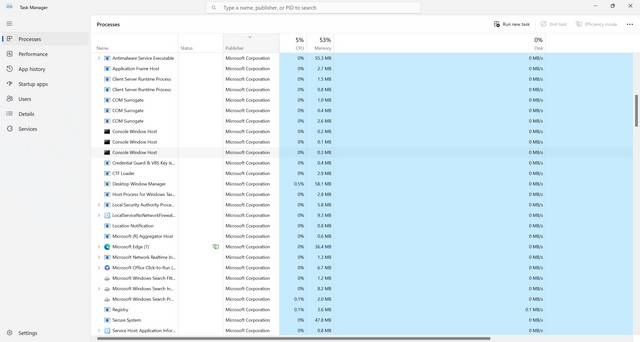When it comes to computer files and processes, it’s not uncommon to come across unfamiliar names that may raise concerns. One such file is PresentationCore.ni.dll. In this article, we will delve into what PresentationCore.ni.dll is, whether you should remove it, and whether it is malware or not.

What is PresentationCore.ni.dll?
PresentationCore.ni.dll is a dynamic link library (DLL) file that is associated with the PresentationCore module in the Microsoft .NET Framework. The .NET Framework is a software development platform that provides a range of tools and libraries for building and running applications on Windows.
The PresentationCore module, which includes the PresentationCore.ni.dll file, is responsible for providing the core functionality for graphical user interface (GUI) elements in Windows Presentation Foundation (WPF) applications. WPF is a framework for building visually stunning user interfaces in Windows-based applications.
Essentially, PresentationCore.ni.dll is a crucial component that allows WPF applications to display and interact with graphical elements such as windows, buttons, and images.
Should I Remove PresentationCore.ni.dll?
As a system file associated with the .NET Framework, PresentationCore.ni.dll is an essential component for the proper functioning of WPF applications. Removing or deleting this file can lead to various issues, including the inability to run WPF applications or errors within existing applications that rely on it.
It is important to note that PresentationCore.ni.dll is not a standalone file that you can simply delete. It is deeply integrated into the .NET Framework and removing it can cause instability in your system.
If you encounter issues related to PresentationCore.ni.dll, it is recommended to troubleshoot the specific problem rather than removing the file. Here are some steps you can take:
- Update the .NET Framework: Ensure that you have the latest version of the .NET Framework installed on your system. Microsoft regularly releases updates and patches that address known issues and improve the stability of the framework.
- Repair the .NET Framework: If you suspect that the PresentationCore.ni.dll file or other components of the .NET Framework are corrupted, you can use the built-in repair tool provided by Microsoft. This tool can help fix any issues with the framework without the need for manual intervention.
- Scan for Malware: In some cases, malware or viruses can disguise themselves as legitimate system files. To rule out any malicious activity, it is recommended to perform a thorough scan of your system using reputable antivirus software. Malwarebytes Free is a popular choice for detecting and removing malware.
By following these steps, you can address any issues related to PresentationCore.ni.dll without resorting to removing the file.
Is PresentationCore.ni.dll Malware?
PresentationCore.ni.dll itself is not malware. It is a legitimate system file that is part of the .NET Framework. However, as mentioned earlier, malware can sometimes disguise itself as system files to avoid detection.
If you suspect that PresentationCore.ni.dll or any other file on your system is malware, it is crucial to perform a thorough scan using reliable antivirus software. Malwarebytes Free is a trusted tool that can help detect and remove malware effectively.
Remember to keep your antivirus software up to date to ensure it can detect the latest threats and protect your system from potential harm.
Summary
PresentationCore.ni.dll is a vital component of the .NET Framework, specifically the PresentationCore module responsible for graphical user interface elements in WPF applications. Removing this file can lead to issues with running WPF applications or errors within existing applications.
If you encounter problems related to PresentationCore.ni.dll, it is recommended to update or repair the .NET Framework and perform a malware scan using reputable antivirus software like Malwarebytes Free. By taking these steps, you can address any issues without the need to remove the file.
Remember, PresentationCore.ni.dll is not malware itself, but it is always important to stay vigilant and ensure that your system is protected from potential threats.










